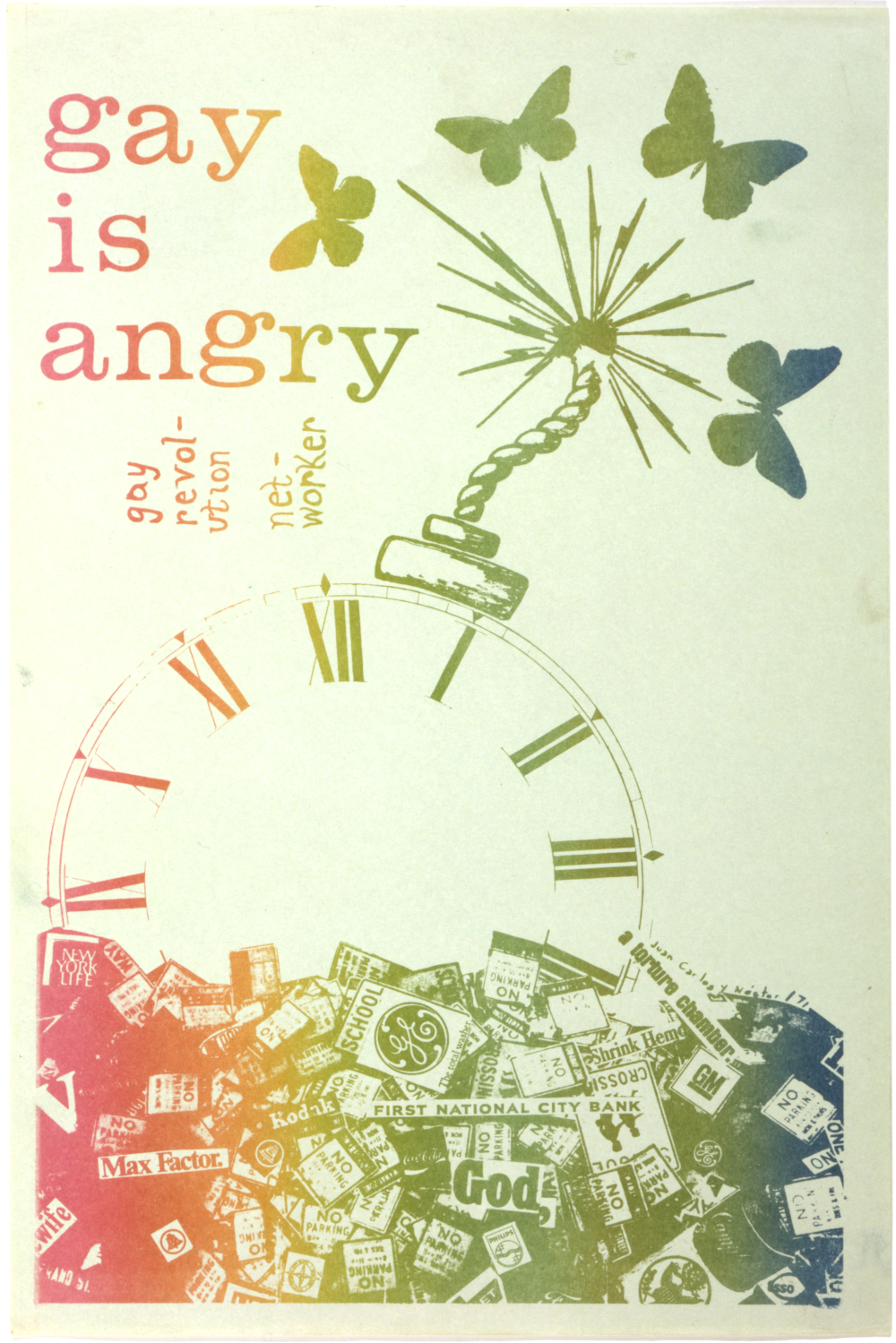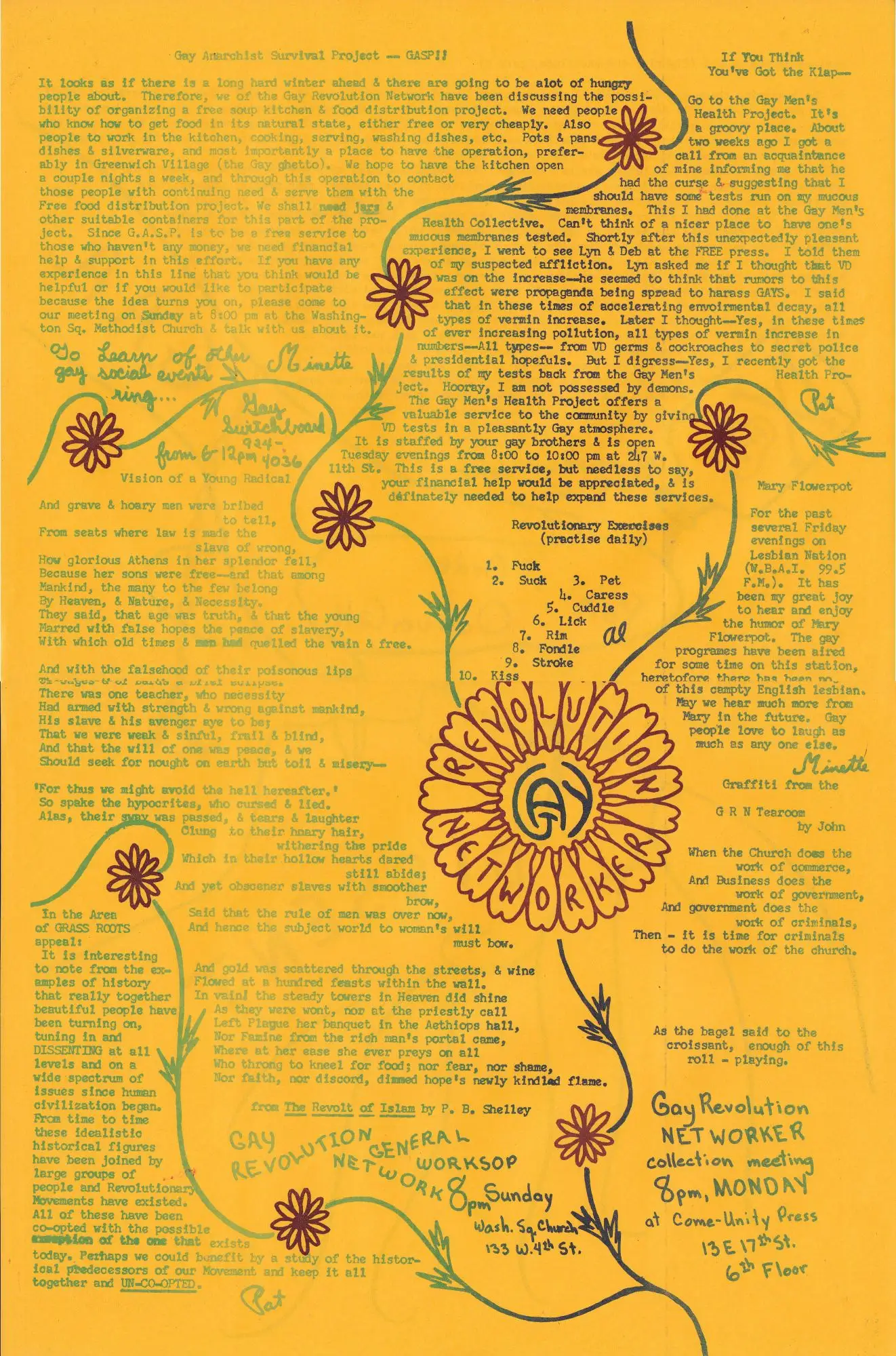And document it we must, because in addition to the removal of words now considered too “woke” to be published, entire government websites are being gutted or disappearing entirely. This should concern every US-American, regardless of political party or ideology. When I say the government is erasing our history, that “our” applies to all of us.
Activity tagged "archival"
“We just launched a 16TB archive of every dataset that has been available on data.gov since November. This will be updated day by day as new datasets appear. It can be freely copied, and we're sharing the code behind it to help others make their own archives of data they depend on.” Harvard Library Innovation Lab (via BlueSky)
Incredible essay about the importance and challenges of digital archival by Maxwell Neely-Cohen , as well as the various imperfect strategies to achieve “century-scale” digital archives.
We picked a century scale because most physical objects can survive 100 years in good care. It is attainable, and yet we selected it because the design of mainstream digital storage mediums are nowhere close to even considering this mark.
The current web pages and marketing for Microsoft Azure and Google Cloud do not mention cultural or historical preservation at any point. ... At this precise moment all of these services mention AI (a lot) and how it’s going to change everything. ... Two years ago their marketing materials mentioned web3 and the metaverse (a lot) and how it was going to change everything, and how if your business did not adapt you were going to be left behind—yet those sentiments no longer appear.
The Jack Welch school of shareholder supremacy is completely incompatible with the sorts of values that would ensure a cloud storage provider would reliably exist for a century.
The progeny of [early internet filesharing] platforms still exist, and in some cases, thrive, though they are no longer a dominant means of distributing media. Sci-Hub, Library Genesis, and Z-Library offer academic journal articles for free to anyone who wants to download them, flouting intellectual property laws and invoking the right to science and culture under Article 27 of the Universal Declaration of Human Rights.
It’s worth considering the efficacy of piracy and the intentional breaking of intellectual property law as a long-term preservation tactic. Abigail De Kosnik, a professor in the Berkeley Center for New Media, contends that, given the nature of digital cultural output and the failures of the current corporate and institutional orders to properly care for them, piracy-based media preservation efforts are more likely to survive catastrophic future events than traditional institutions. On the other hand, as the notorious prosecution of Aaron Swartz or the legal cases against the Internet Archive demonstrate, engaging in copyright infringement at scale runs the constant risk of sanction and shutdown from state actors.
On blockchain-based filestorage projects:
If providing storage generates revenue, that revenue will centralize because it is incentivized to centralize, just like other supposedly decentralized offerings in an unregulated market context. The untested legal status of these systems also poses potential problems. ... None of these schemes have so far proven that they can function, let alone thrive, as functional viable marketplaces for a sustained period of time, nor that they can reliably incentivize storage in times of strife or scarcity. ... To directly peg an archival storage method to a market system with stakeholders that feed on volatility is equivalent to burying your hard drives in a 100-year flood zone.
If your goal in century-scale storage is avoiding kinetic, Hollywood-ready catastrophes, then decentralized solutions are ideal, but whether they can combat neglect is less clear. If a decentralized scheme wants to be successful at century scale, this is what they should and must attack. One of the few clear benefits of centralization is that it inspires care. If people know something is important, of value, potentially even the last of something, they tend to fight every day to protect it.
What is consistent about these examples is that they all involve groups who care. The most enduring decentralized efforts don’t owe their success to technological or organizational innovation, but rather by having enlisted generations of people with an emotional and intellectual investment in their worth. For both cloud storage services and distributed storage schemes, the question is whether they can provoke the necessary level of passion and watchfulness. Are they and their technologies empowering those who care, or setting them up to fail? Can cloud storage corporations transform themselves into wardens? Can distributed storage systems turn each node into a guardian?
The librarians and archivists of the world have been tackling the challenges of digital preservation for decades—the issue is that no one else is. The real solution to century-scale storage, especially at scale, is to change this reality. Successful century-scale storage will require a massive investment in digital preservation, a societal commitment. Politicians, governments, companies, and investors will have to be convinced, incentivized, or even bullied.
Every time a media company destroys an archive, every time a video game company prosecutes the preservers of content it has abandoned, every time a tech company kills a well-used product with no plan for preservation, these actions should be met with attention and resistance. We are on the brink of a dark age, or have already entered one. The scale of art, music, and literature being lost each day as the World Wide Web shifts and degenerates represents the biggest loss of human cultural production since World War II. My generation was continuously warned by teachers, parents, and authority figures that we should be careful online because the internet is written in ink, and yet it turned out to be the exact opposite. As writer and researcher Kevin T. Baker remarked, “On the internet, Alexandria burns daily.”
In order to survive, a data storer, and the makers of the tools they use, must be prepared to adopt a skeptical and even defiant attitude toward the societies in which they live. They must accept the protection of a patron while also preparing for the possibility of betrayal. If you’re wondering why much of this essay takes such an antagonistic pose toward external political and economic actors, while also considering the fruits of their offerings, it is because the century-scale archivist must sometimes be in service of an ideology that only answers to itself—to the protection of the collected artifacts at all costs. This ideology, an “Archivism,” entails a belief in the preservation of that which we make and think for future generations, at the expense of anything else. Century-scale storage can span methods and platforms, be enabled by governments and titans of industry, be helped by religions, cultures, artists, scenes, fans, collectors, technocrats, and engineers, but it must, at the end of the day, retain its values internally.
This is where, once again, the only true solution is an aggressive and massive investment in archives, libraries, digital preservationists, and software and hardware maintainers at every level, in every form of practice and economic circumstance. This needs to happen not just for states, corporations, and institutions, but for hobbyists and consumers.
The goal of century-scale storage must be to preserve that which we have created so that others, those we will never meet, may experience their intricacies and ecstasies, their capacities for enlightenment. This should be done by whatever means necessary, whatever method or decision ensures the possibility of that future—one day at a time,—and be willing to change at any moment, to scrap and claw against the forces attempting to smother the light.
The enemy of control is information. Book bans (historically book burning), data purges, the wiping of websites and logs are all common acts by those who seek to re-write and overwrite a history that does not support their actions. Knowledge, history, community discourse and our recorded narratives are all critical elements to a free and participatory society.
Gay is angry
Today’s archive spelunking led me down a rabbit hole trying to learn more about the “Gay Revolution Networker” mentioned in this poster from 1971 (full size). The “Gay is Angry” poster is from the Library of Congress’s Yanker Poster Collection, but the LOC provides no further information on the GRN.
Some research by Langdon Manor Books into a flyer in their catalog suggests that the Gay Revolution Networker was a New York City-based gay collective, which held meetings at locations including the Washington Square Church and the Come!Unity Press, a gay anarchist collective and print shop in New York City that I want to learn more about.
This flyer — itself a fascinating piece, described by Langdon as “a gorgeous enigma” — advertises a meeting for the GRN, but also includes on the opposite side an essay by a person named Velvet, which denounces the Gay Activist’s Alliance as sexist and complacent, and notes “the part about sexism goes for GRN too”.
while fighting a superficial battle against anti-gay discrimination, they affirm---through a convenient ignorance or complacency---their own discriminatory, unwritten policies against poor people, transvestites, and anyone defying the stereo-type role-playing which has become a trademark of the gay activists alliance. it is significant and tragic that the people who supervise things at the firehouse do a commendable job at examining the sexism of the straight community while refusing to examine or even acknowledge their own sexism. such has been the latest development in the straight-identified gay civil rights movement. naturally, gaa rejects the whole concept of a sexual revolution whereby those who have at least attempted to develop their own consciousness about sexism will be the new guiding force for gays coming out, the young people who must no longer be faced with the closety rhetoric of an organization that represents a dying consensus---the one that says its OK to be a superficial faggot as long as you polish, with diligent secrecy, your lambda button.......... the course of the gay movement is taking on a new sense of liberation these days. at last, there are people who are willing to recognize the whole spectrum of internal and external oppression, sexism from within and without, from you and me---and at last, we shall attempt radical change (revolution) within ourselves, perhaps the most challenging and important revolutionary action of our lives.---Velvet.
I wonder what else can be found about Velvet.
The front side of the flyer makes reference to the “GRN Tearoom”, quoting graffiti by John:
When the Church does the
work of commerce,
And Business does the
work of government,
And government does the
work of criminals,
Then - it is time for criminals
to do the work of the church.
Distributed Denial of Secrets, the de facto heir to Wikileaks, has now mirrored data Wikileaks previously published to ensure it stays available.
The future core of a internet humane internet, if we are going to be able to use it to do the essential work of surviving this century, is a series of linked routes that stick us all together and supports our communities. This is what the internet needs to accomplish. How to we make that happen? How do we improve not just our telecommunication platform but leverage it towards a better world for all participants?



